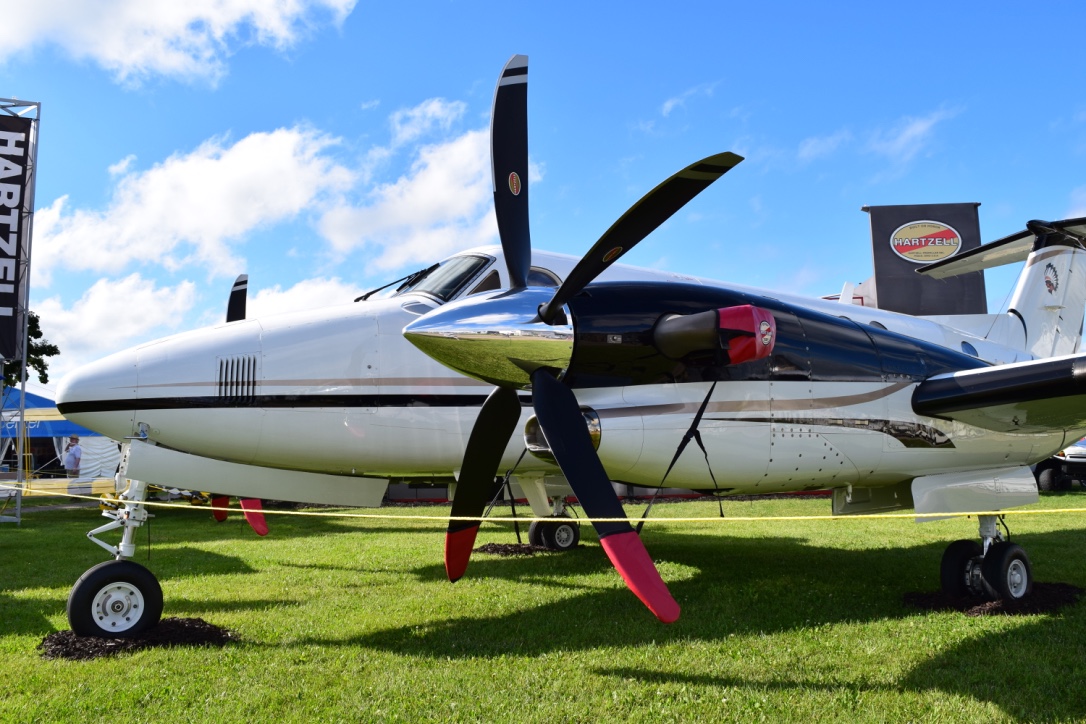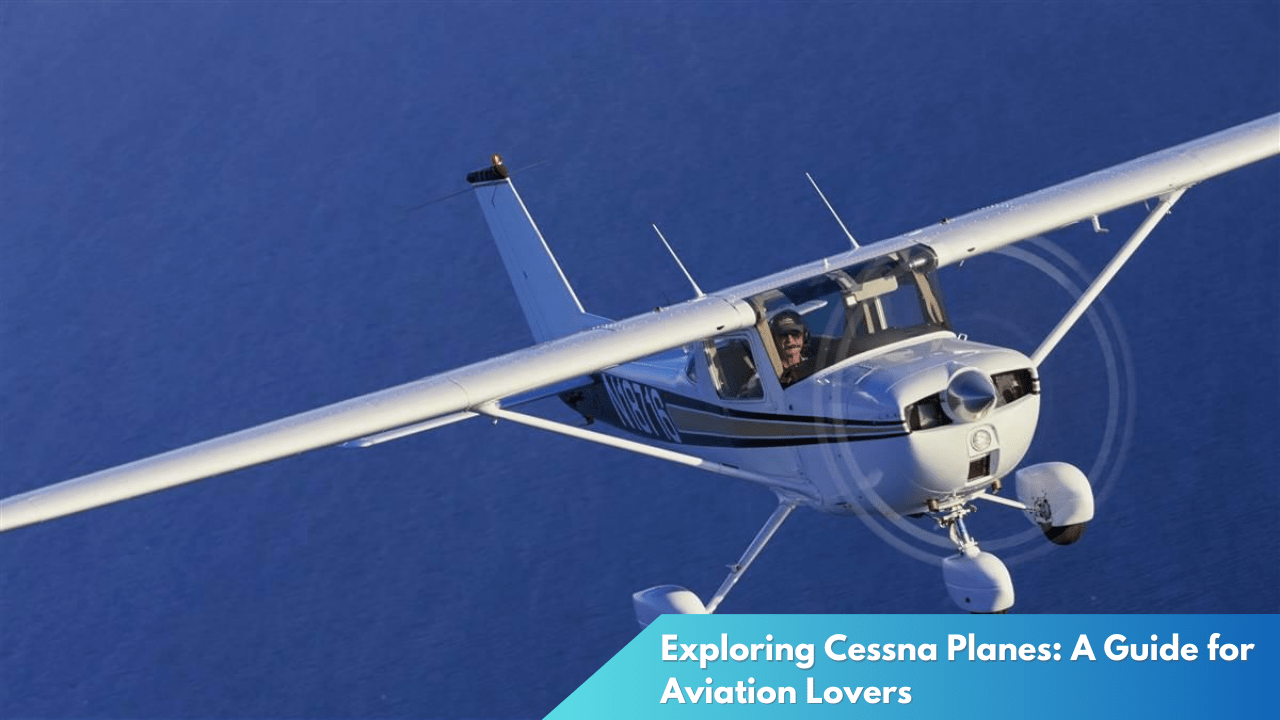Tracing the Evolution and Advancements of Turboprop Planes
In the realm of aviation, turboprop planes have carved a unique niche, bridging the gap between the more traditional piston-engine aircraft and the modern jet engine planes. Known for their efficiency and versatility, turboprop aircraft have been a staple in regional aviation and short-haul flights. This article delves into the historical evolution and recent advancements in turboprop technology, highlighting their enduring significance in the aviation industry.
The Historical Roots of Turboprop Aviation

The concept of turboprop engines emerged during the early 20th century, driven by the desire to improve the efficiency and performance of aircraft. The first successful turboprop engine was the British Rolls-Royce Dart, which powered the Vickers Viscount—the world’s first turboprop airliner—in the 1950s. This marked a pivotal moment in aviation history, as the Viscount demonstrated the ability of turboprops to offer faster speeds, greater range, and superior fuel efficiency compared to piston-engine aircraft of the time. The success of the Viscount paved the way for other manufacturers to explore the potential of turboprop technology.
During the 1960s and 1970s, the popularity of turboprop aircraft continued to rise. Airlines recognized their suitability for short-haul routes, where the efficiency and lower operational costs of turboprops provided a competitive edge. Major advancements in engine technology during this era, including improved materials and aerodynamic designs, further enhanced the performance of turboprop aircraft. Notable models, such as the Fokker F27 Friendship and the Hawker Siddeley HS 748, became staples in regional aviation, providing reliable and economical service to smaller airports.
Despite the rise of the jet age, turboprop planes maintained a strong presence in the aviation sector. Their unique capability to operate from shorter runways and their efficiency on slower-speed routes ensured their continued relevance. In emerging markets and remote regions, turboprops became indispensable, offering connectivity where jets could not efficiently serve. This period solidified the role of turboprops in the broader aviation landscape, marking them as a versatile and enduring option for airlines worldwide.
Modern Innovations in Turboprop Technology

In recent decades, turboprop technology has witnessed significant advancements, catalyzed by ongoing innovations in engineering and design. Modern turboprop engines boast improved fuel efficiency and reduced emissions, aligning with the global aviation industry’s push towards sustainability. State-of-the-art materials like advanced composites have led to lighter and more durable airframes, which enhance overall performance and fuel efficiency. These advancements have revitalized interest in turboprop aircraft, especially in an era where environmental concerns are increasingly prioritized.
Contemporary turboprop models, such as the ATR 72 and the Bombardier Q400, exemplify the leaps in technology. These aircraft are equipped with sophisticated avionics, ergonomic cabin designs, and noise reduction technologies, making them increasingly appealing to both airlines and passengers. The integration of cutting-edge navigation systems and real-time data analytics has also enhanced the operational efficiency and safety of modern turboprops, allowing airlines to optimize routes and reduce delays.
As the aviation industry continues to adapt to changing market dynamics and environmental imperatives, turboprops are seen as pivotal players in the future of air travel. Their ability to offer lower operating costs and reduced carbon footprints positions them as attractive options for regional and short-haul flights. Innovations such as hybrid-electric propulsion systems are on the horizon, promising to further revolutionize the turboprop sector and reinforce its value in a sustainable aviation ecosystem.
The journey of turboprop planes from their inception to modern-day advancements highlights their enduring relevance in aviation. With a foundation rich in history and a future brimming with technological innovations, turboprops continue to adapt to the evolving needs of the industry. As we look ahead, these versatile aircraft are poised to play a critical role in shaping the landscape of regional and short-haul aviation, offering a blend of efficiency, sustainability, and connectivity that aligns with contemporary demands.



